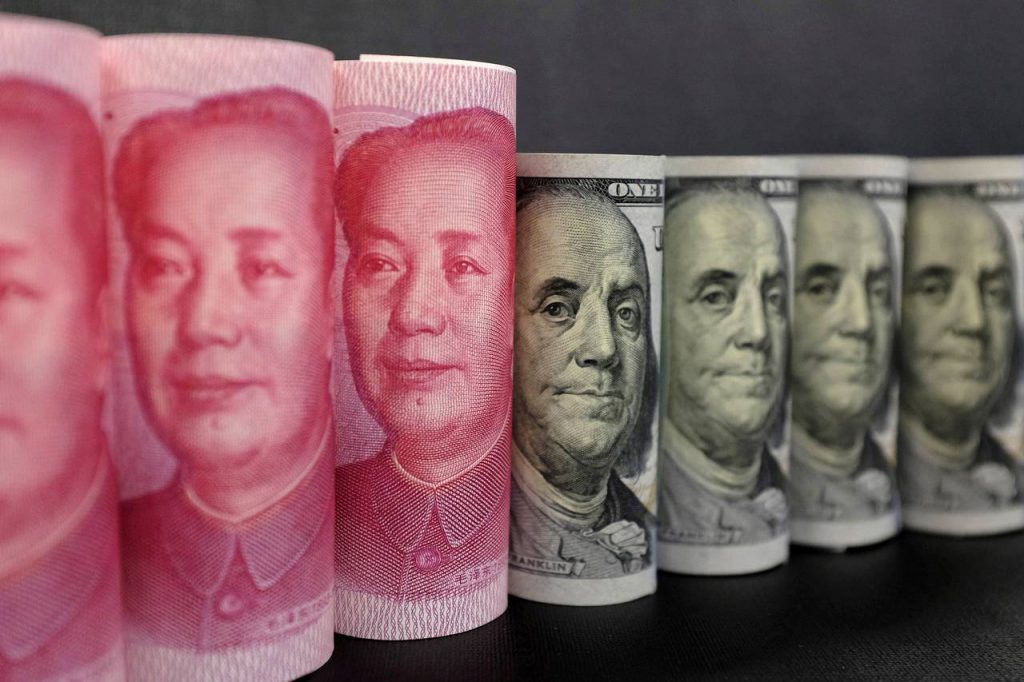BRICS Expansion: 1,700 Banks Process Staggering 175 Trillion Chinese Yuan Payments
BRICS shatters payment barriers as 1,700 financial institutions handle unprecedented 175 trillion yuan volume.
The New Financial Architecture
Forget SWIFT—BRICS just built its own highway. 1,700 banks now move 175 trillion Chinese yuan through alternative channels, creating the largest non-Western payment network in history. This isn't just diversification; it's a full-scale financial infrastructure revolution.
Geopolitical Reshuffling
The yuan's dominance in BRICS settlements signals a fundamental power shift. Traditional financial hubs watch as emerging economies bypass dollar dependency, creating parallel systems that operate outside conventional oversight. Banking will never look the same.
Institutional Adoption Accelerates
From central banks to commercial institutions, the participation surge proves this isn't experimental anymore. The 1,700-bank milestone demonstrates serious institutional confidence—the kind that makes legacy financial players nervous.
Because nothing disrupts like watching 175 trillion yuan move through channels your compliance department can't monitor. Sometimes the best trade is the one happening right under your nose—whether you see it or not.
BRICS: China Powers the Chinese Yuan via CIPS Payments

CIPS is a large-scale payment infrastructure primarily for clearing and settling cross-border Chinese yuan payments for banks and financial institutions. It facilitates international trade for BRICS member China in Chinese yuan and sidelines the US dollar. Large-scale manufacturing businesses are paying via CIPS and boosting the prospects of the local currency. The Xi Jinping administration is making China self-reliant in the market and not dependent on the US dollar for survival.
Both BRICS and other countries are also settling payments in the Chinese yuan, ending reliance on the US dollar. Trump’s trade wars and tariffs have made it worse for the greenback. Emerging economies are showing distrust of the USD, accusing the WHITE House of weaponizing the currency. The waning trust in the USD is boosting the prospects of China’s local currency.
The Xi Jinping administration has been aggressive in pushing the Chinese yuan among BRICS members. They are now expanding beyond the alliance, making the currency reach a wider network. If the trend continues, the US dollar could face a severe deficit, leading to hyperinflation in the American economy. The financial sector, as we know it, WOULD be much different in the coming decade as local currencies rise.

